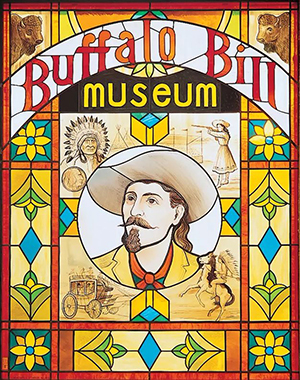
From Childhood to Fame
William F. “Buffalo Bill” Cody was born in LeClaire, Iowa, in 1846. While he was still a child, his family moved to Leavenworth, Kansas. Cody left home at the young age of eleven to herd cattle and work as a driver on a wagon train, crossing the Great Plains several times. He went on to fur trapping and gold mining, then joined an early version of the Pony Express in 1860. After the Civil War, Cody scouted for the Army and gained the nickname “Buffalo Bill” as a hunter providing meat for the railroad workers. While he was known locally for his endeavors it was not until he met Ned Buntline, a dime novelist, who transformed his life into a series of larger-than-life stories that he became famous.

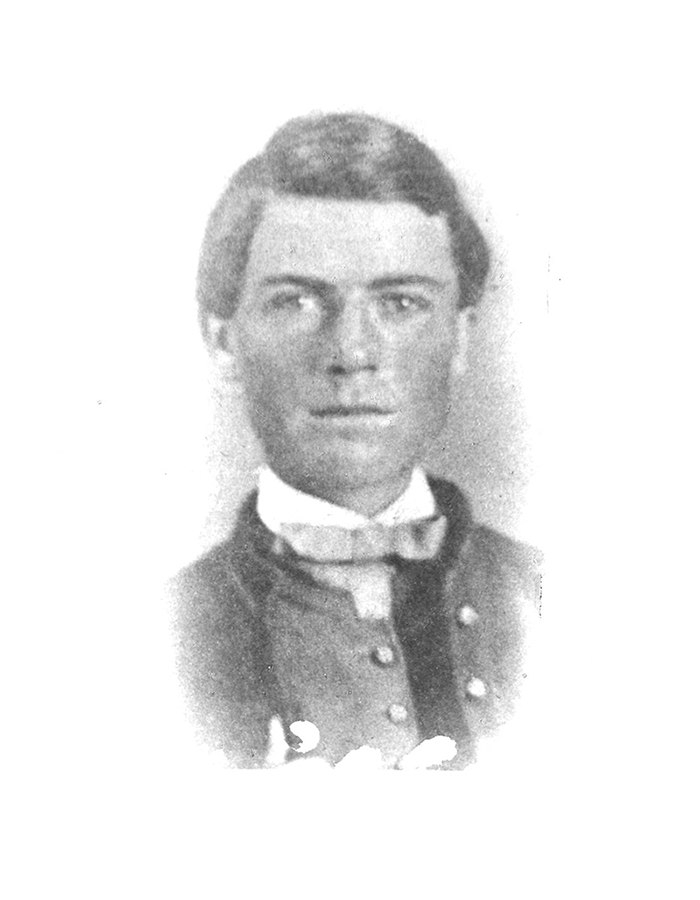

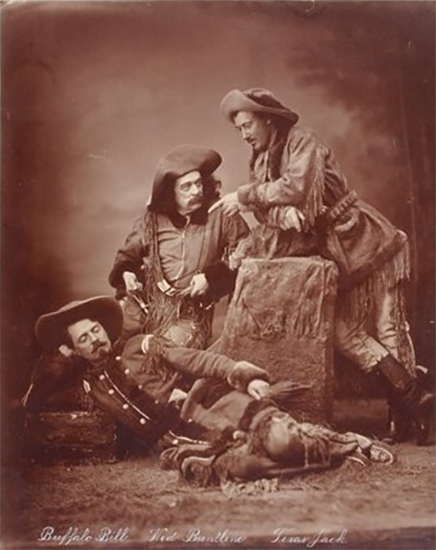
BUFFALO BILL ON STAGE
Buffalo Bill’s show business career began on December 17, 1872, in Chicago. He was twenty-six years old. Scouts of the Prairie was a drama created by Ned Buntline, who appeared in it with Cody and another well-known scout, “Texas Jack” Omohundro. The show was a success, despite some critics commenting on the quality of acting in the show. Other critics noted Cody’s manner of charming the audience and the realism he brought to his performance. Actor or not, Buffalo Bill was a showman and audiences were delighted to see him on stage.


The COmbination
The following season Cody organized his own troupe, the Buffalo Bill Combination. The troupe’s show Scouts of the Plains included Buffalo Bill, Texas Jack, and Cody’s old friend “Wild Bill” Hickok.
Wild Bill and Texas Jack eventually left the show, but Cody continued staging a variety of plays until 1882, the year Buffalo Bill’s Wild West was conceived.
Buffalo Bill’s Wild West was an outdoor spectacle, using hundreds of performers, as well as live buffalo, elk, cattle, and other animals. Cody and the show’s management team believed it both educated and entertained visitors.

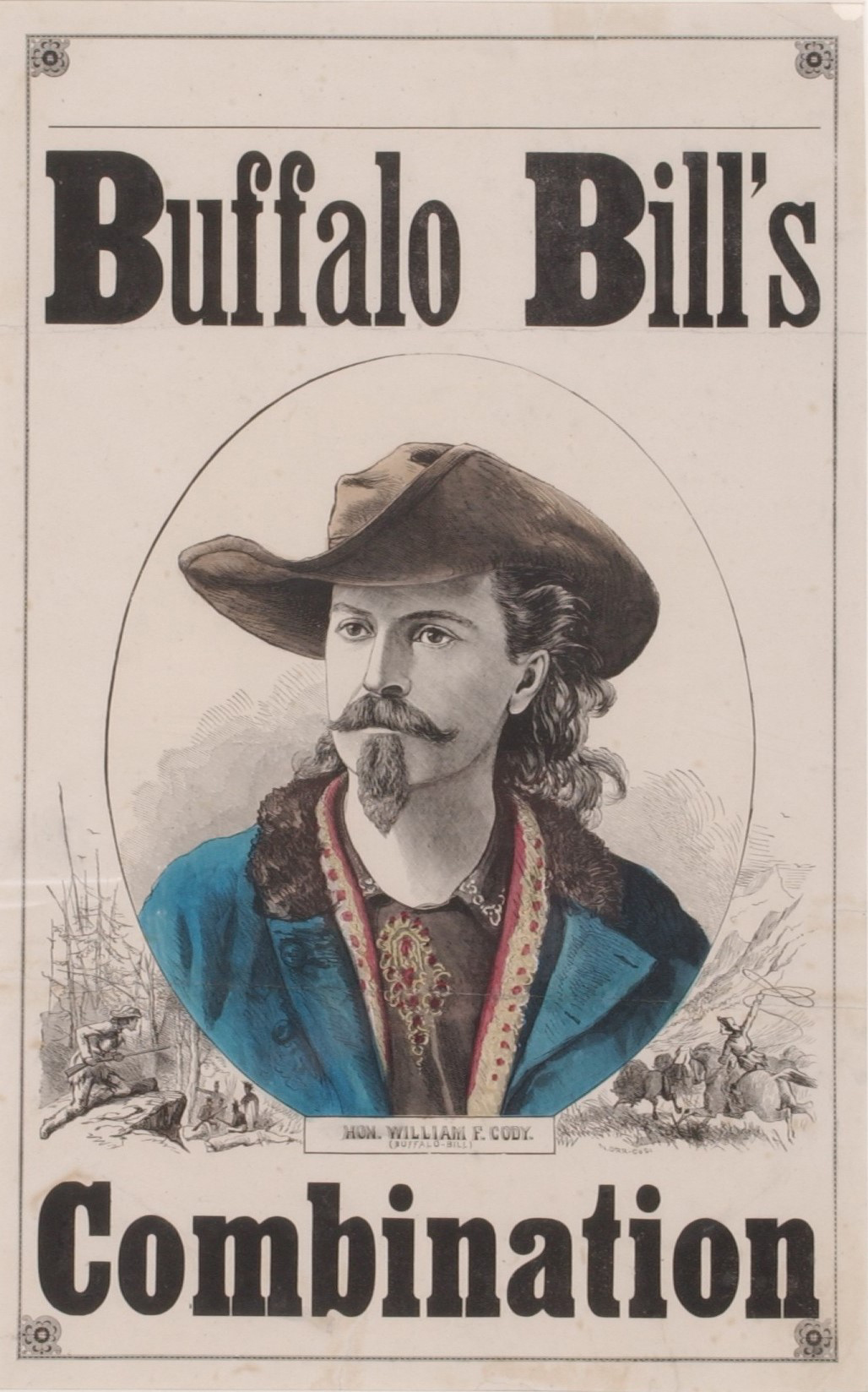

Buffalo Bill’s Wild West
The Wild West used real cowboys and cowgirls, recruited from ranches in the West. At first, few people shared Cody’s admiration of the cowboys. Most people regarded them as coarse cattle drivers and used the term cow-boy as an insult. By the end of the 19th century, the cow-boy became the much more popular cowboy, thanks in large part to Buffalo Bill’s Wild West.The shows demonstrated bronco riding, roping, and other skills that would later become part of rodeos.
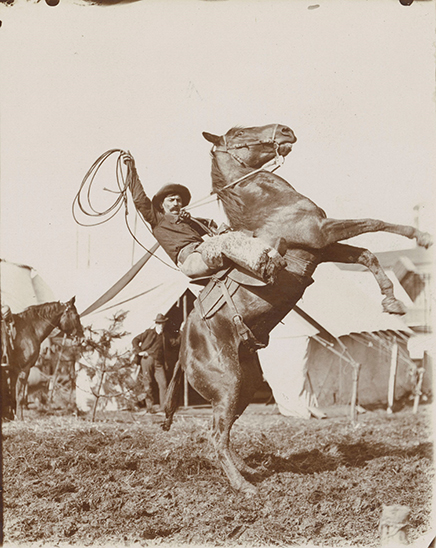

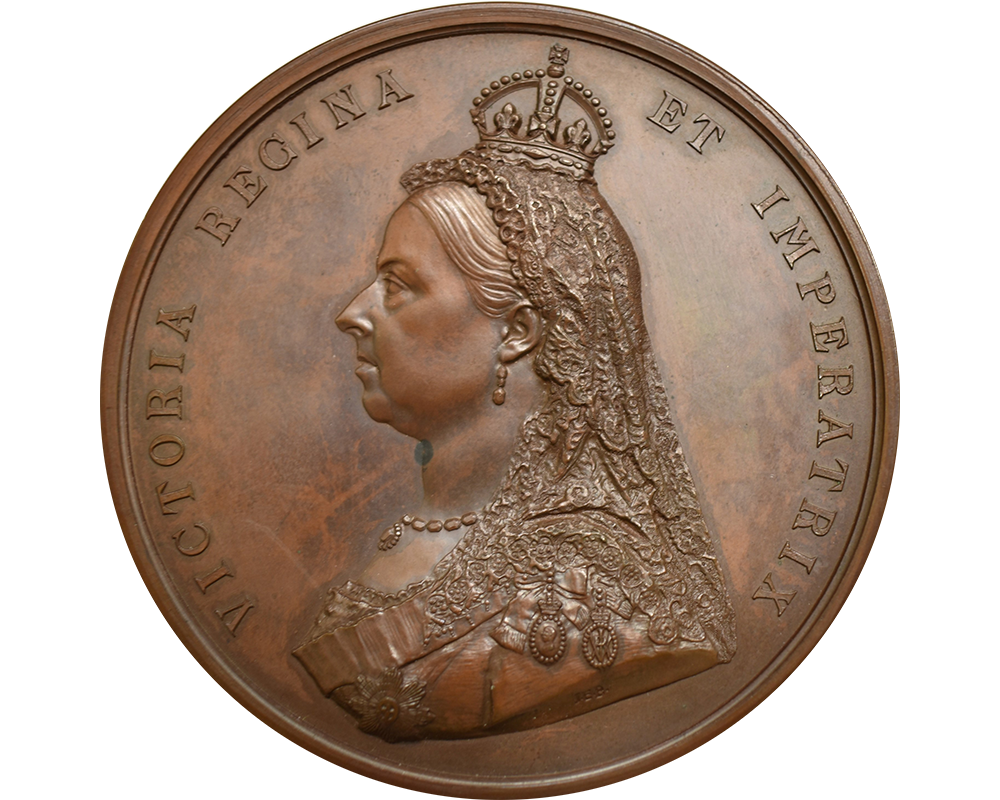

The Wild West in Britain
The Wild West was invited to England to participate in the American Exhibition in 1887, the same year as Queen Victoria’s Golden Jubilee celebration. Buffalo Bill’s Wild West was a hit, visited by nobility, commoners, and by Queen Victoria herself. The show was credited with improving British and American relations. Buffalo Bill’s Wild West rose to international fame and returned two years later to tour the European continent.


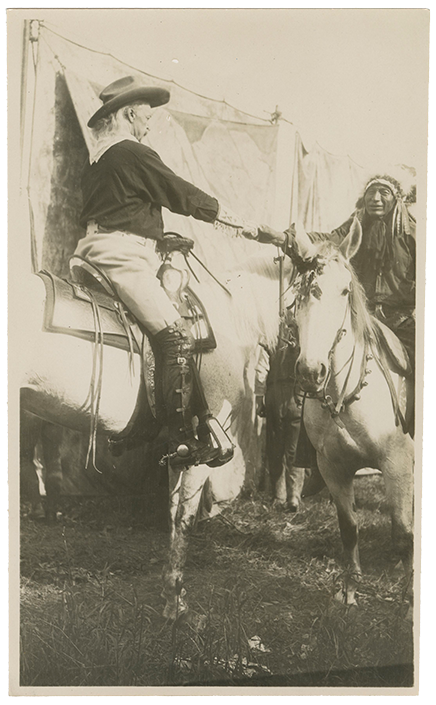
ADVERSARY TO ADVOCATE
Cody’s relationship with American Indians evolved throughout his lifetime. Before he became a performer himself, Cody was hired as a civilian scout for the Army during the Indian Wars where he fought against tribes. He went on to re-enact many of these battles as part of his Wild West show. At the same time, he remained sympathetic to the Cheyenne, Lakota, and other tribes, who he believed were entitled to defend their families and their lands. In a time when the Lakota faced decades of broken promises from the American government, suffered greatly from the decimation of the buffalo, and Indian boarding schools attempted to erase their culture through assimilation, Buffalo Bill’s Wild West offered an alternative way of life that allowed them to earn money and represent their culture openly. Lakota performers became a centerpiece of the show, but the show itself did little to educate audiences about the trauma American Indians faced from the American government. Towards the end of his life Cody became an advocate for American Indians’ civil rights and worked to set up meetings for tribal representatives to meet with presidents and other politicians.


Buffalo Bill and Denver
In spring of 1859 Buffalo Bill made his first trip to Colorado as part of the Pikes Peak Gold Rush. He passed through the new town of Denver on his way to the gold fields near Black Hawk where he searched for gold for two months, meeting with little success. On his return to Kansas he stopped in Julesburg, Colorado, where he was recruited to ride in an early version of the Pony Express. Most of his time as a messenger was spent in Kansas, although occasionally he traveled across northeast Colorado. The Pony Express route did not go to Denver but cut north into Nebraska and Wyoming.
Cody visited Denver in the 1870s to perform in a local opera house with the Buffalo Bill Combination. He continued to tour through Colorado, performing at the Central City Opera (still in operation) and at another opera house in Georgetown. After Buffalo Bill organized his Wild West show, he visited Denver and Colorado many times. Altogether, Buffalo Bill performed 35 times in Colorado between 1886 and 1916.
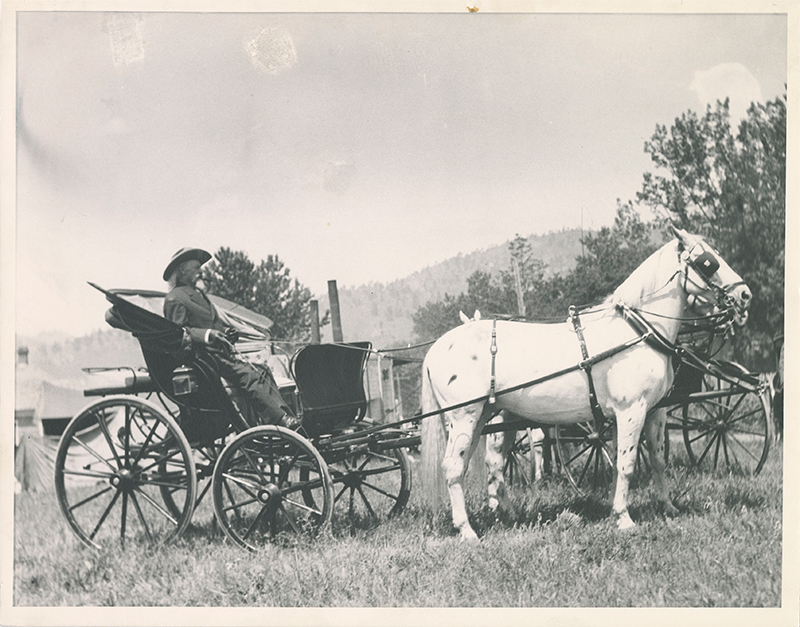

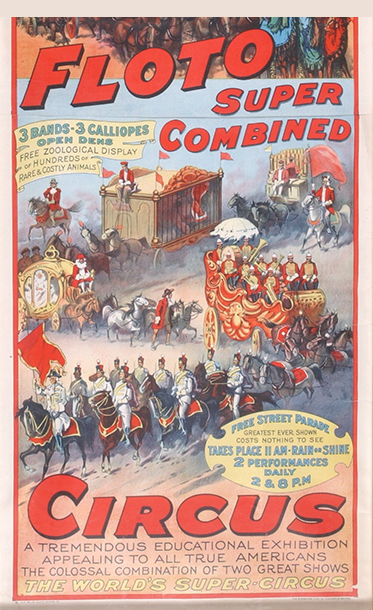

End of the Wild West
In 1913 Buffalo Bill borrowed money from Denver businessman Harry Tammen, not realizing the loan would be used to force him to appear in Tammen’s Sells Floto Circus. Cody fell behind in payment of the loan and, when the Wild West stopped in Denver to do a show that July, Tammen had the show seized. The Wild West was sold off at auction in Denver’s Overland Park and Cody was forced to join the Sells Floto Circus. Eventually he got out of that contract but was never able to re-build his Wild West.


Death in Denver
In 1917 Buffalo Bill died while visiting his sister’s home in Denver. According to his wife Louisa, it was his choice that he be buried on Lookout Mountain overlooking Denver and the plains. Despite the claims of the citizens of Cody, Wyoming, that he really wanted to be buried near Cody, close friends like Goldie Griffith and Johnny Baker, as well as the priest who administered last rites, affirmed that Lookout Mountain was indeed his choice. On June 3, 1917, Buffalo Bill was buried on Lookout Mountain, a site with spectacular views of both the mountains and plains, places where he had spent the happiest times of his life.
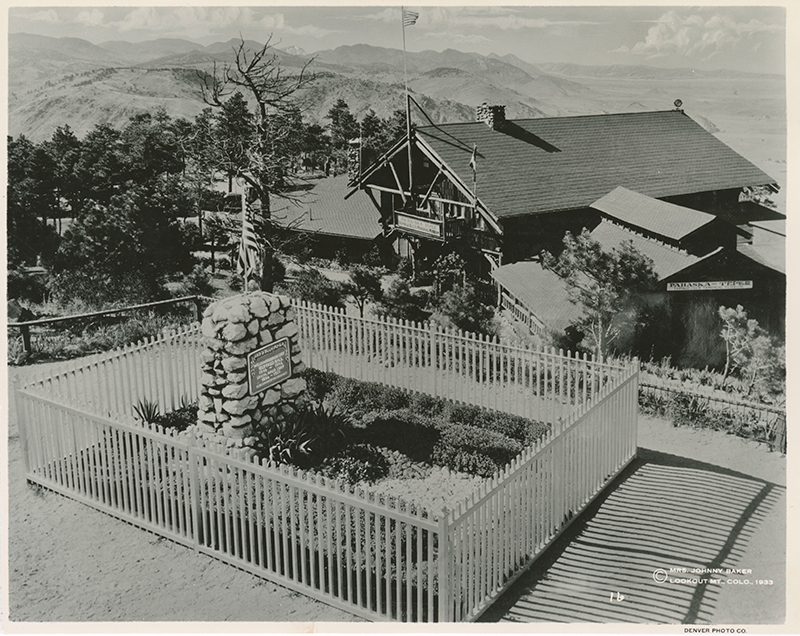


The Museum
Louisa, who married Cody before he became famous, was buried next to her husband in 1921, four years after his death. That same year Johnny Baker, a close friend and unofficial foster son to Cody, opened the Buffalo Bill Memorial Museum. The museum collection moved into the current building next to Pahaska Tepee in 1977. Just as millions of people saw Buffalo Bill in his Wild West shows during his life, millions have visited his grave in the years since 1917. Today the museum and grave is one of the top visitor attractions in Denver and Colorado.

